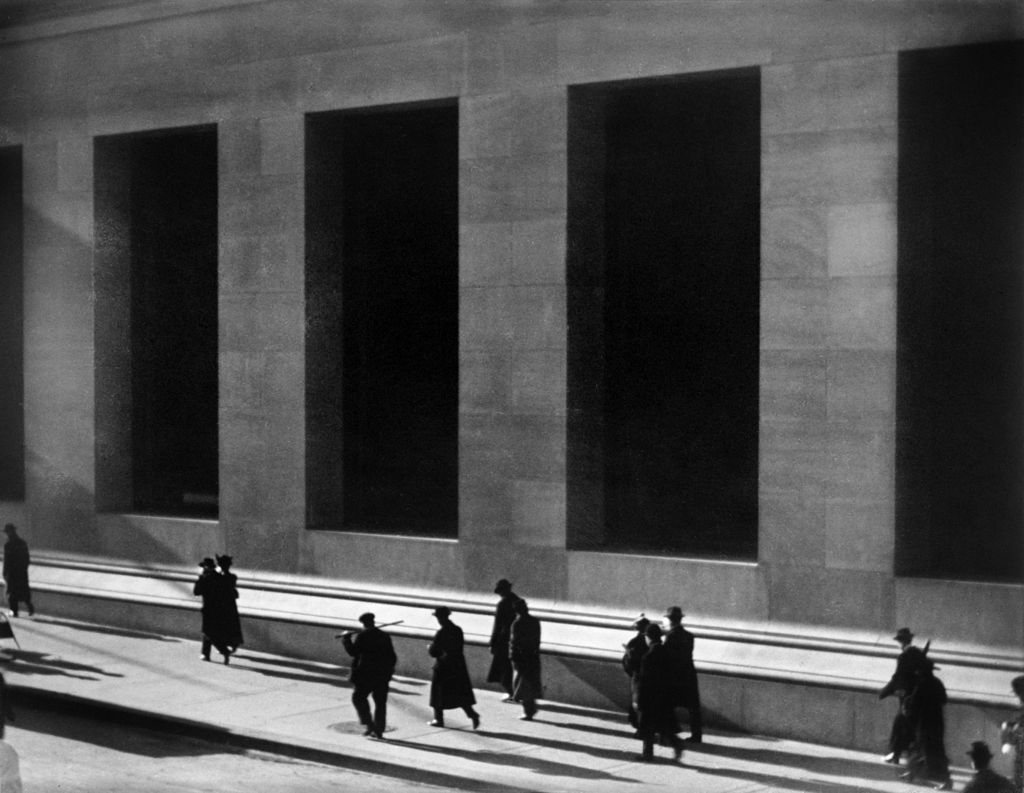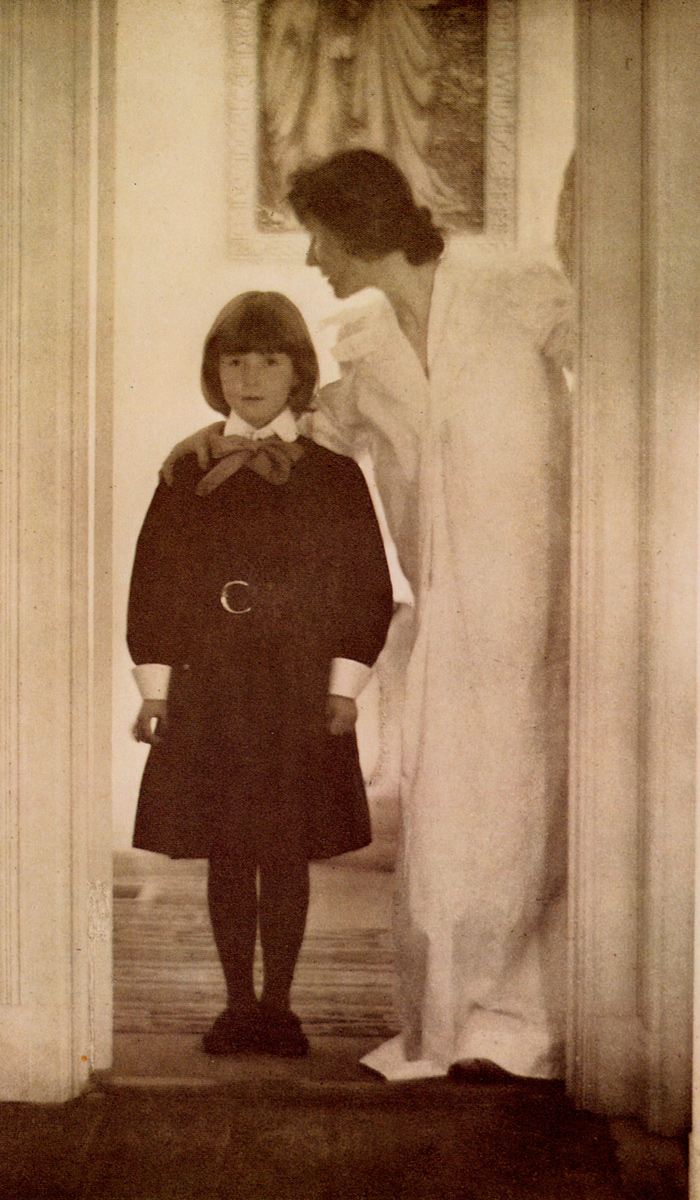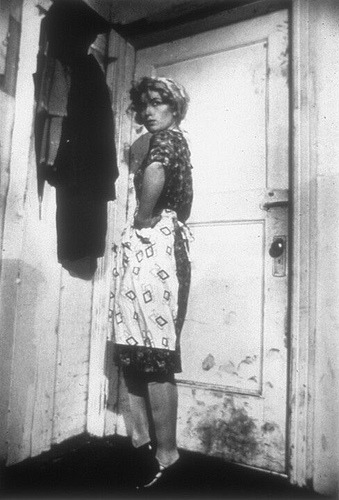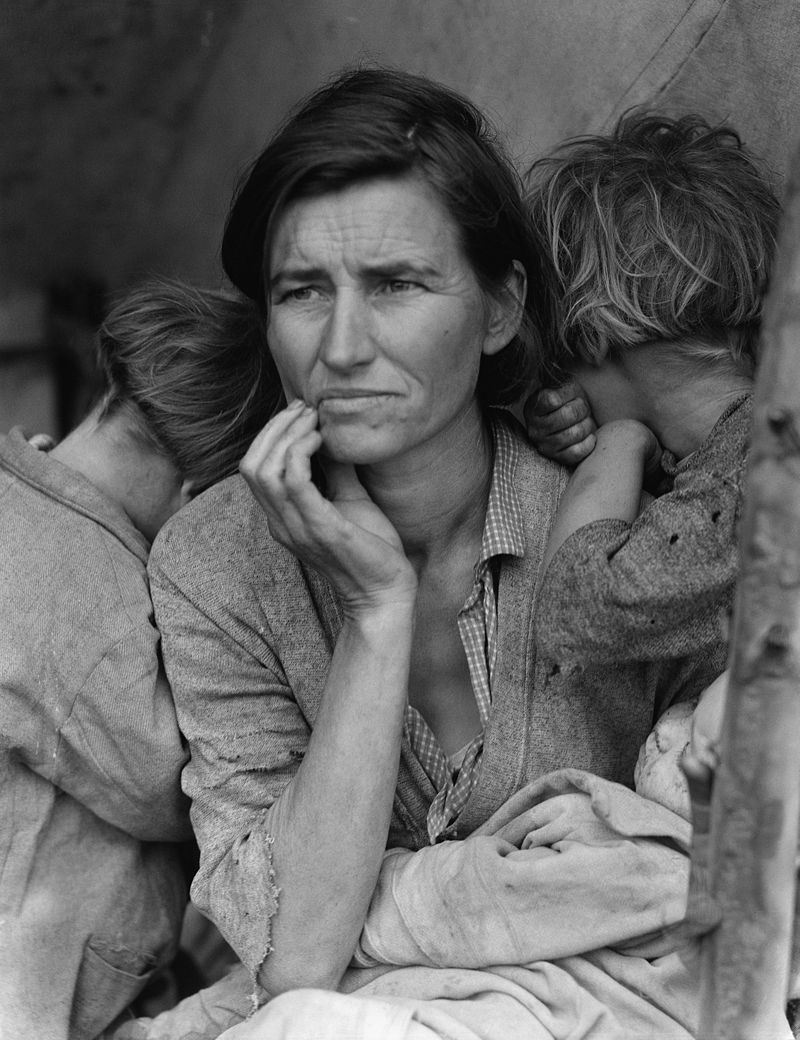“The artist’s world is limitless. It can be found anywhere, far from where he lives or a few feet away. It is always on his doorstep.” Paul Strand
 Paul Strand, Wall Street, platinum print, 9 15/16" x 12 5/8", Public Domain via Wikimedia Commons.
Paul Strand, Wall Street, platinum print, 9 15/16" x 12 5/8", Public Domain via Wikimedia Commons.





